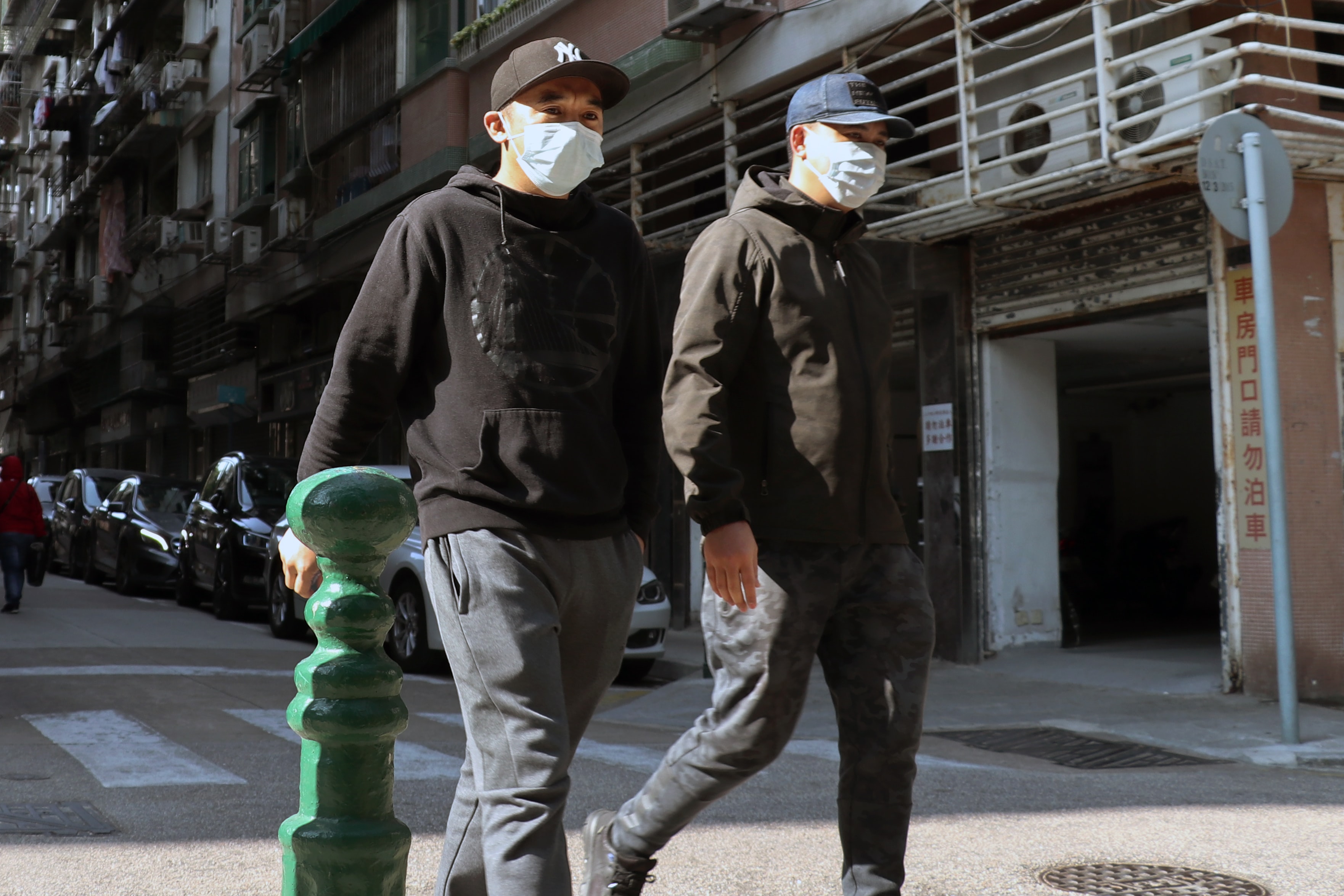Warmer weather could slow the spread of coronavirus—but not by much

The news: Higher temperatures and humidity are correlated with a lower rate of the novel coronavirus’s spread, according to early research that has yet to be peer reviewed. The hypothesis is plausible: the climate’s impact on the influenza virus is well established, for example, and a similar phenomenon has been suspected for the SARS coronavirus as well.
More on coronavirus
Our most essential coverage of covid-19 is free, including:
How does the coronavirus work?
What are the potential treatments?
What's the right way to do social distancing?
Other frequently asked questions about coronavirus
---
Newsletter: Coronavirus Tech Report
Zoom show: Radio Corona
See also:
Please click here to subscribe and support our non-profit journalism.
The results: In the most recent analysis, which used data compiled by Johns Hopkins University, two MIT post-docs in the civil engineering and cognitive science departments found that the maximum number of coronavirus transmissions has occurred in regions that had temperatures between 3 and 13 °C during the outbreak. In contrast, countries with mean temperatures above 18 °C have seen fewer than 5% of total cases. This pattern also shows up within the US, where southern states like Texas, Florida, and Arizona have seen a slower growth rate than northern states like Washington, New York, and Colorado. California, which spans north and south, has a growth rate that falls in between.
Other evidence: Two other preprint papers have drawn similar conclusions. The first, posted on Monday by two researchers from Spain and Finland, found that 95% of positive cases globally have thus far occurred at temperatures between -2 and 10 °C, which closely tracks with the MIT results, and in dry conditions. The second, posted earlier this month by a team led by researchers from Beihang University in China, also looked specifically at transmission rates across Chinese cities. It found that in the early days of the outbreak, before any government interventions, hot and humid cities saw a slower rate of spread than cold and dry ones.
Correlation, not causation: None of these papers have been peer-reviewed, and the correlations could be due to confounding variables. Every country has responded to the pandemic with different measures, for example, which could also affect differences in transmission rates. While the Chinese researchers tried to control for this by looking at data from the early days of the outbreak, the other papers did not.
Does this change anything? Other factors like population density, quality of medical care, and government responses also affect transmission—perhaps more than weather does. In a recent post, Marc Lipsitch, the director of the Center for Communicable Disease Dynamics at the Harvard School of Public Health, echoed this analysis. “While we may expect modest declines in the contagiousness of SARS-CoV-2 in warmer, wetter weather,” he wrote, “it is not reasonable to expect these declines alone to slow transmission enough to make a big dent.”
This means that for the Northern Hemisphere, the path forward shouldn’t really change: governments should continue to do what they can to reduce circulation of people, and individuals should continue to practice social distancing to flatten the outbreak curve. The good news is that if climate constraints do kick in, nature will also be in our favor.
Update: The story was updated to clarify the fact that the MIT researchers are not epidemiologists. The headline has also been changed to more accurately reflect the conclusion of the story.
Deep Dive
Biotechnology and health
How scientists traced a mysterious covid case back to six toilets
When wastewater surveillance turns into a hunt for a single infected individual, the ethics get tricky.
An AI-driven “factory of drugs” claims to have hit a big milestone
Insilico is part of a wave of companies betting on AI as the "next amazing revolution" in biology
The quest to legitimize longevity medicine
Longevity clinics offer a mix of services that largely cater to the wealthy. Now there’s a push to establish their work as a credible medical field.
There is a new most expensive drug in the world. Price tag: $4.25 million
But will the latest gene therapy suffer the curse of the costliest drug?
Stay connected
Get the latest updates from
MIT Technology Review
Discover special offers, top stories, upcoming events, and more.